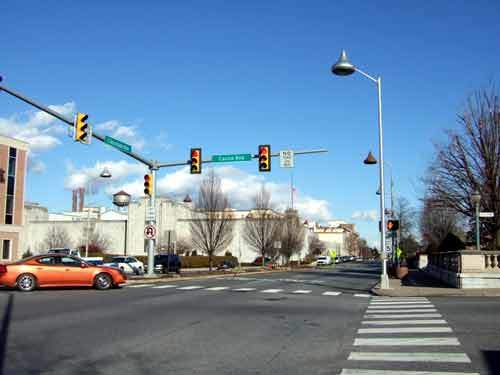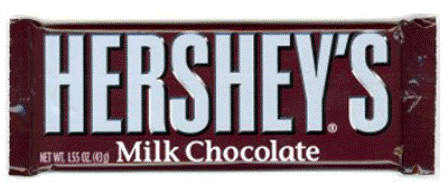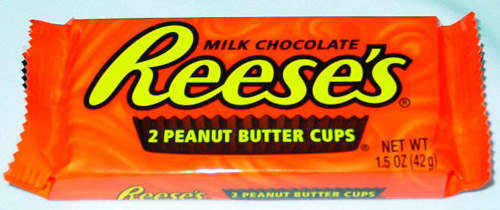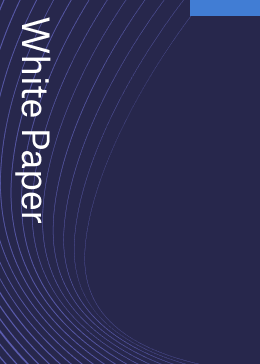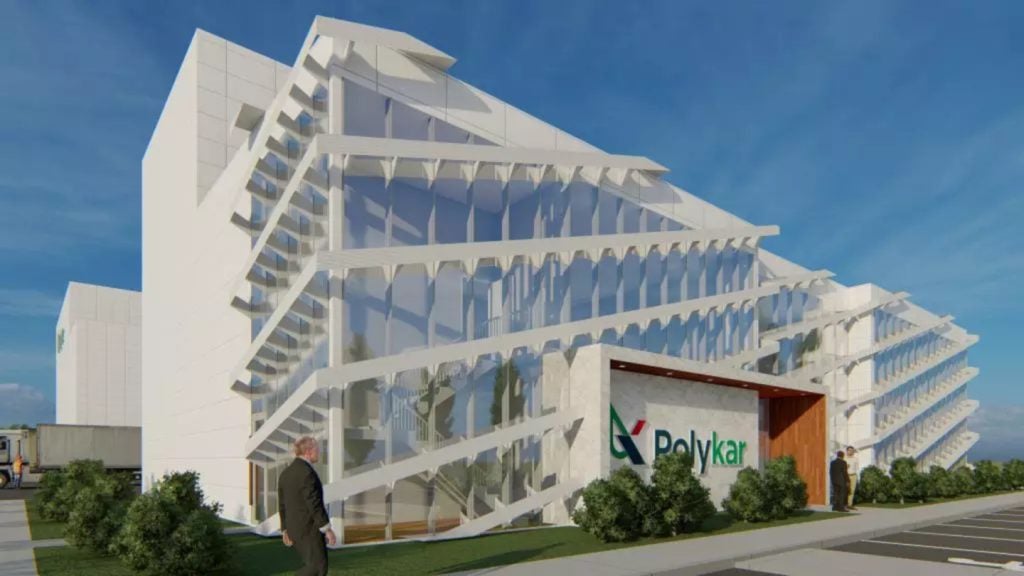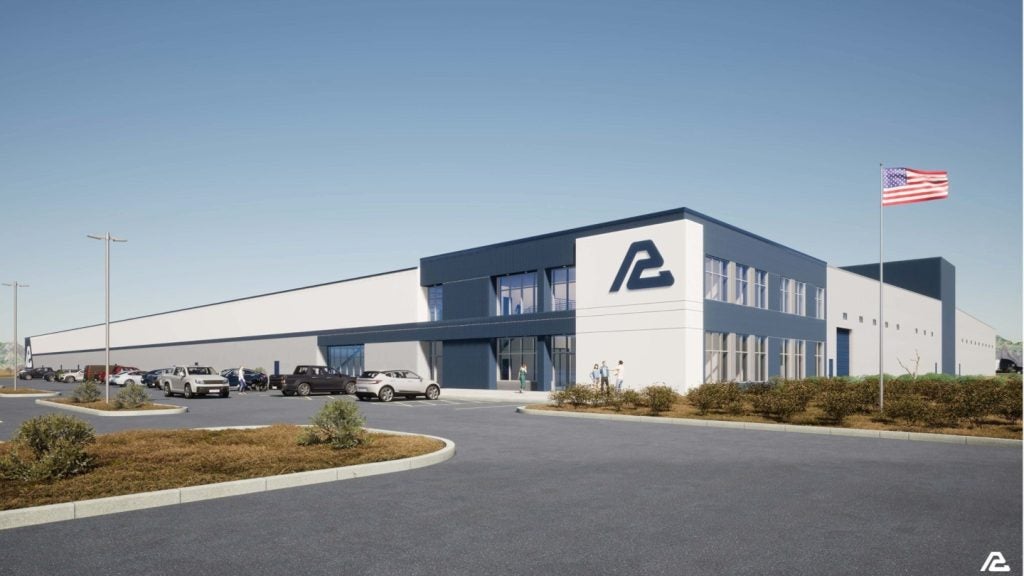Hershey Foods in the US is a name synonymous with quality chocolate and candy. The company produces an enormous range of products including its milk and dark bitter sweet chocolate, kisses, milk duds, Reese’s peanut buttercups, Mr Goodbar and a whole host of others. The company also produces KitKat and Cadbury items in the US.
The company’s plant in Pennsylvania, which covers over two million square feet of manufacturing space (185,000m²), is the largest chocolate factory in the world.
In February 2007 Hershey started a three-year restructuring plan to cut costs by making the supply chain more efficient, outsourcing the production of low value-added products.
The restructuring plan led to the loss of 3,000 jobs and the relocation of 80% of production to the US and Canada. The plan was aimed at saving about $190m for the company every year by 2010. The company’s Smith Falls, Reading and Oakdale plants were closed as a result of the restructuring.
The Oakdale plant was closed in February 2008 and the Reading plant was closed in February 2009. The Smith Falls plant was closed in March 2009. The production from these three plants was moved to a new facility built in Monterey, Mexico.
Hershey’s plans to close its plants and move production to a new facility sparked many protests. The company, however, maintained that the step had to taken in the interest of the company.
Hershey Foods palletising system
One of the problems at larger facilities such as Hershey’s is that the stock keeping units (SKU) can change frequently, according to orders and the season, making the packing of products unpredictable and time consuming.
Up until 2005 all products at Hershey’s were palletised by hand. This was inefficient due to high manual labour requirements and subsequent costs. Flexibility was the key and a new system needed to take this into account.
New area
The new space for palletisation operations was only 7,000ft² for the entire facility and needed to accommodate a range of new automatic equipment. FKI Logistex designed an automated palletising system to fit into the space consisting of one conventional and three robotic palletisers, to operate with a range of case sizes at different speeds (1–40 cases per minute).
The three robot palletisers receive products on three conveyors from eight production lines and can then palletise from three different positions at one time. Because the robot palletisers could not keep up with the production from faster lines, a combination system of conventional and robot palletisers was used.
Motoman Inc supplied three EPL 160 jointed-arm robots and FKI Logistex supplied an A-780 case palletiser. The system was integrated by FKI Logistex in conjunction with Motoman Inc.
Low-velocity lines send products to one of the robot arms while high-velocity lines go to the A-780. The ancillary equipment for the system includes a photo-eye Accuglide accumulation conveyor; gravity roller conveyors; chain-driven live-roller conveyors and motor-operated turntables; a high-speed, laser-positioned transfer car and high-speed v-belt live-roller conveyors; and a programmable-logic control system. These were all supplied and integrated by FKI Logistex.
The end-of-arm tools on the robots use a UniGripperflexible vacuum tool from Tepro Machine & Pac System AB, which can handle the various weights and sizes.
Because of the constant variation in shape and size of the SKUs Hershey asked FKI Logistex to provide pattern generation software, to make size changeovers easy for operators to manage.
The system was installed and commissioned within nine weeks. It has been in operation since June 2006 without any problems and with concomitant increases in palletising speed and efficiency.
Other products supplied for the system include a stretch wrapper by ITW Muller, a printer applicator from Image TEK and fixed scanners from SICK.

